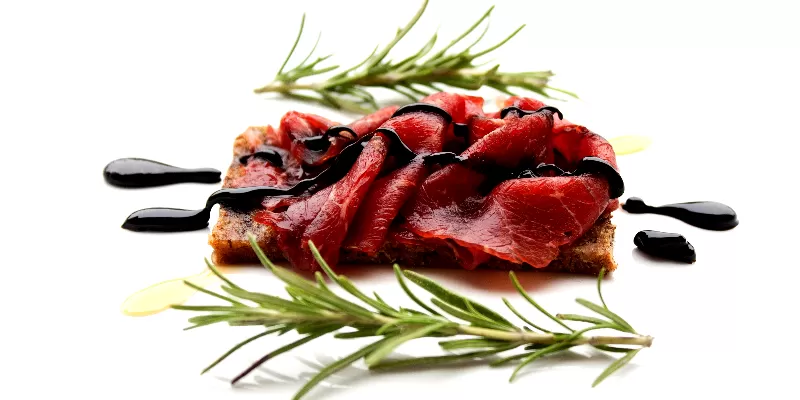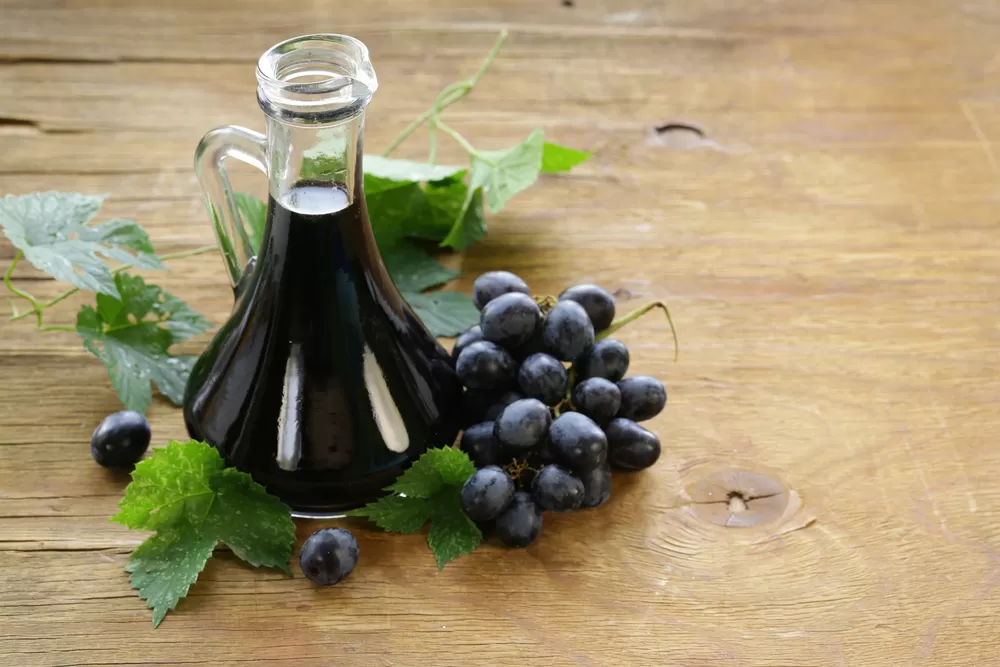
Compare wine and balsamic vinegar
Professional chefs keep the secrets of preparing their dishes in the strictest confidence, but one thing is for sure: they always use original and natural spices, as well as vinegar. Among the variety of all kinds of flavorings and sauces, balsamic and wine vinegars are absolute favorites. Are there any differences between them and what are they? Our experts understood the culinary intricacies.

Balsamic miracle comes from Italy
Balsamic vinegar was first created in Europe. It was originally created as a remedy. It was so difficult to manufacture and financially expensive that it could be an excellent dowry for the bride. The product, which is a mixture of fruit, wine and grapes, could be infused for years, bringing it to perfection. A thick mass with a delicate fruity aroma and many valuable minerals was used for skin rejuvenation by noble people, as a first aid for burns, and even one of the first medicines after the appearance of the plague.
Of course, a completely different product is presented on modern store shelves: an economical option that is aged in production for no longer than 2 months. And its composition does not include grape must: only vinegar with the addition of starch and dyes. It is for this reason that the use of balsamic vinegar from the store for medical or cosmetic purposes is no longer relevant.
By the way, Italian balsamic vinegar began to be called after the Italians first guessed to use it in cooking. Since then, this product has been considered a constant companion of pasta and almost any dish containing tomatoes, vegetables, meat with tomato sauce, etc.
Balsamic vinegar is sometimes called Modena after the name of the town where the same grape variety used in the manufacture of the magic mixture grows. The real natural version is still incredibly complex in its recipe, which is strictly kept among only 300 Italian families. Completely natural, “true” balsamic vinegar is very expensive, which is not surprising, because only 15 liters of the finished product are obtained from 100 liters of raw materials.
ON A NOTE. Grape vinegar is made from the juice of white grapes. Despite this, the finished product has a rich dark color. This is due to the peculiarity of the containers in which it is «infused»: in barrels made of natural wood.
French wine chic

It would be logical to assume that France, as the true home of the best wines in the world, has at least something to do with wine vinegar. And indeed it is. The product was originally produced in the French expanses. For this, red / white wine was used (and still is). Accordingly, there is white and red wine vinegar.
The latter is considered the most expensive, because for its manufacture expensive varieties of red wines are used (for example, Merlot, Bordeaux), which are aged for a long time in wooden barrels. The finished product is indispensable in the process of preparing marinades for pork, various types of fish, etc. It is also used as the basis for sauces such as romesco and picado.
The closest relative of red wine vinegar is white. In its manufacture, wine is also used, only dry white, and the semi-finished mass is aged in metal containers. For this reason, white wine vinegar is considered simpler and less expensive. The product has a mild, harmonious taste. Ideal for dressing vegetable salads, used in the preparation of seafood dishes.
ON A NOTE. Because vinegar is virtually calorie-free, it makes a great alternative to fatty sauces. In addition, it stimulates the digestion process, increases appetite.
What is the difference?
Many people confuse balsamic vinegar with wine vinegar and vice versa. It can be quite difficult for a person not spoiled by fine dishes (and sometimes even an inexperienced cook) to taste one from the other. Let’s try to summarize by comparing both products on a number of criteria.
|
|
|
|
|
|
Italy
|
France
|
|
|
Grape juice (white grapes)
|
Wine (red / white) with the addition of acetic acid bacteria from alcohol raw materials
|
|
|
Grapes are pressed, boiled, cooled, then left in wooden barrels to «reach» for up to 12 years
|
The wine is mixed with raw vinegar containing acetic acid bacteria and aged for a long time in wooden barrels.
|
|
|
Rich brown color, sweet and sour taste, thick texture
|
Dark brown color, delicate aroma and piquant taste, liquid consistency
|
Добавить комментарий
Для отправки комментария вам необходимо авторизоваться.